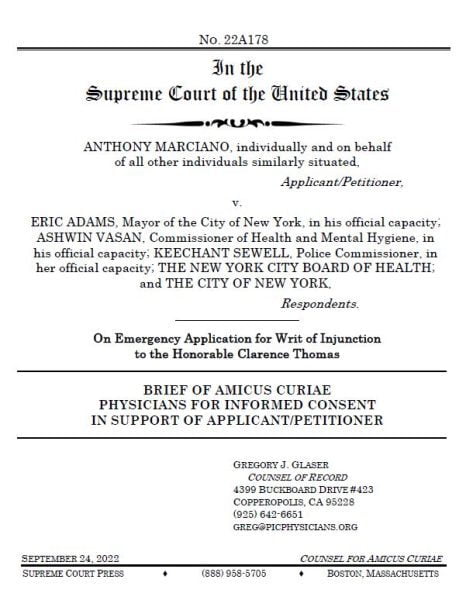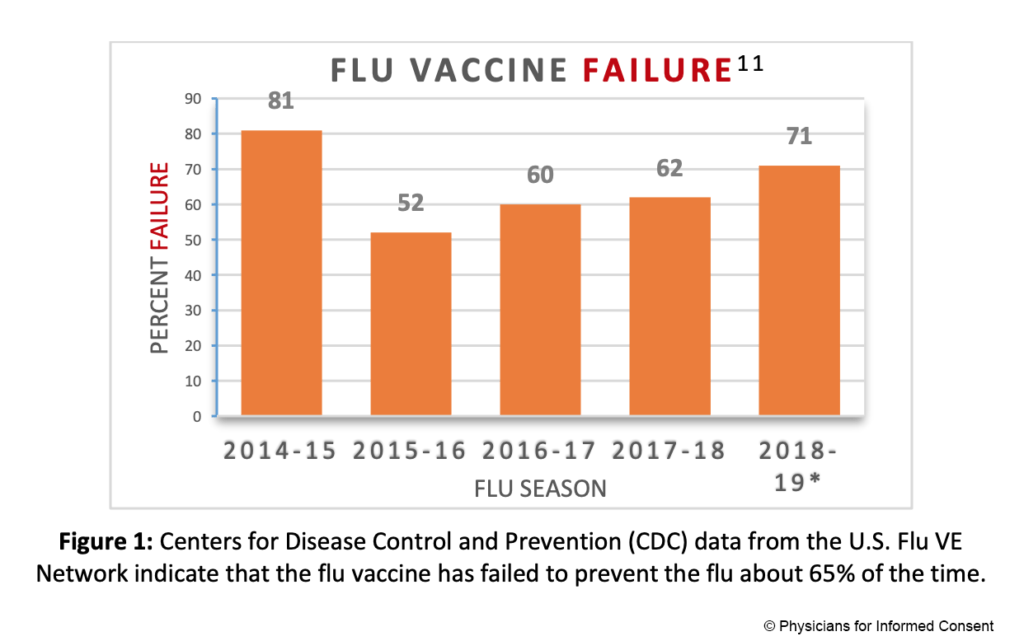Physicians for Informed Consent Files Amicus Curiae Brief with Supreme Court of the United States Supporting Workers’ Rights to Refuse COVID-19 Vaccination
Amicus Supports New York Police Department Detective Challenging Mayor’s Vaccine Mandate
Newport Beach, CA – September 27, 2022…



